In 2025, the global telecom towers market reached USD 29.29 billion, with rooftop telecom towers powering 59% of urban 5G networks, transforming cityscapes into hubs of seamless connectivity. Rooftop cell sites, also known as rooftop telecommunication towers, are critical for delivering high-speed mobile and internet services in space-constrained urban environments. Whether you're a telecom operator seeking efficient network solutions or a property owner exploring passive income through mobile tower installation on rooftop, understanding these structures is essential. This article dives into the types, applications, benefits, challenges, and future trends of rooftop telecom towers, offering actionable insights with XH Tower’s expertise. Discover how XH Tower can enhance your network or generate revenue with cutting-edge rooftop solutions.
Rooftop telecom towers, often called rooftop cell towers or roof top antenna towers, are specialized structures installed on building rooftops to support antennas and equipment for wireless communication. Typically ranging from 3 to 30 meters in height, these towers use hot-dip galvanized steel (ASTM A123) for over 30 years of durability. They are a cornerstone of urban telecommunications, providing elevated platforms for rooftop cell antennas and rooftop cell phone antennas to ensure robust signal coverage.
Key features include:
Integration: Seamlessly connect with building power and fiber networks.
Compact Design: Minimize structural and visual impact in dense areas.
Versatility: Support 4G, 5G, and IoT applications for diverse connectivity needs.
In cities where land is scarce, cell towers on roofs are ideal for delivering high-speed data without requiring new land acquisitions. For example, XH Tower’s rooftop solutions integrate with urban infrastructure to optimize coverage.
Rooftop telecom towers come in various designs, each tailored to specific structural, aesthetic, and functional requirements. Below are the primary types:
Rooftop pole towers, or roof top pole towers, are lightweight, single-mast structures (3–15 meters) supporting 500–1,000 lbs, making them ideal for 5G rooftop cell antennas in urban settings. XH Tower’s 10-meter monopoles, for instance, are designed for small cell deployments, offering quick mobile tower installation on rooftop.
Braced masts, often called rooftop mobile towers, feature poles with struts or guy wires for stability, handling heavier loads (up to 1,500 lbs) in high-wind areas. These roof top towers are perfect for urban 5G deployments requiring robust support, with designs ensuring minimal rooftop footprint.
Self-supporting rooftop cell towers, typically 3- or 4-legged lattice structures (up to 12 meters), support multiple carriers and heavier equipment. These towers on rooftops are used for 5G macro cells, accommodating high-capacity roof tower antennas.
Camouflaged rooftop telecommunication towers blend with building aesthetics, disguised as chimneys or panels to comply with zoning regulations. XH Tower’s Roofmask panels, for example, conceal rooftop cell phone antennas, reducing visual impact while maintaining functionality.
Rooftop telecom towers serve diverse applications, addressing connectivity needs across various sectors:
Rooftop cell sites are pivotal for 4G and 5G network densification in cities. For example, American Tower’s rooftop installations in New York support small cells and distributed antenna systems (DAS), enhancing 5G coverage with rooftop 5G antennas.
Roof top antenna towers facilitate radio, TV, and Wi-Fi signal transmission. In Chicago, rooftop antennas support local TV broadcasting, leveraging telecom rooftop towers for reliable signal delivery.
Rooftop telecommunication towers provide last-mile connectivity for wireless internet service providers (WISPs) and utilities. In rural India, fixed wireless rooftop installations bridge connectivity gaps, using cell towers on roofs.
Mobile towers on roofs, such as cells-on-wheels (COWs), support temporary connectivity for events or disaster recovery. During the 2025 Tokyo Olympics, temporary roof top tower installations ensured uninterrupted coverage.
Market Insight: Rooftop towers support 59% of urban 5G coverage, with the telecom towers market projected to reach USD 33.69 billion by 2030.
Rooftop telecom towers offer significant advantages for telecom operators and property owners:
While rooftop telecom towers offer numerous benefits, they come with challenges and solutions:
The future of rooftop telecom towers is shaped by technological and environmental advancements:
5G Expansion: Rooftop towers will support 1.5 billion IoT devices by 2030, driven by 5G densification.
Smart City Integration: Roof top telecom towers enable IoT for traffic management and public safety in smart cities.
Sustainable Designs: Solar-powered rooftop cell sites reduce carbon footprints, aligning with green initiatives.
Advanced Design Tools: ASMTower software optimizes tower placement and load analysis for efficient deployments.
XH Tower stands out as a leader in rooftop telecom tower solutions:
Quality Assurance: ISO 9001:2015-certified for reliable, high-quality installations.
Durability: Hot-dip galvanized towers (ASTM A123) ensure 30+ years of service life.
End-to-End Services: From permitting to maintenance, XH Tower streamlines mobile tower installation on rooftop.
Q1: Are rooftop cell towers safe?
Yes, rooftop cell towers comply with FCC/IEEE RF safety standards, with exposure levels far below limits, ensuring safety for residents and workers.
Q2: How much can I earn from rooftop tower leasing?
Property owners can earn USD 1,000–5,000/month leasing rooftop space for mobile towers on roofs, depending on location and carrier agreements.
Q3: What permits are needed for rooftop tower installation?
Local zoning, structural, and FCC permits are required. XH Tower streamlines the process for compliant roof top tower installation.
Q4: How long do rooftop telecom towers last?
With ASTM A123 galvanization, rooftop telecom towers last 30+ years with proper maintenance, ensuring long-term reliability.
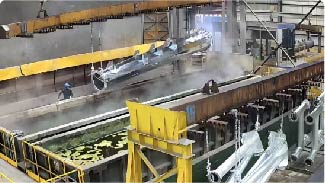

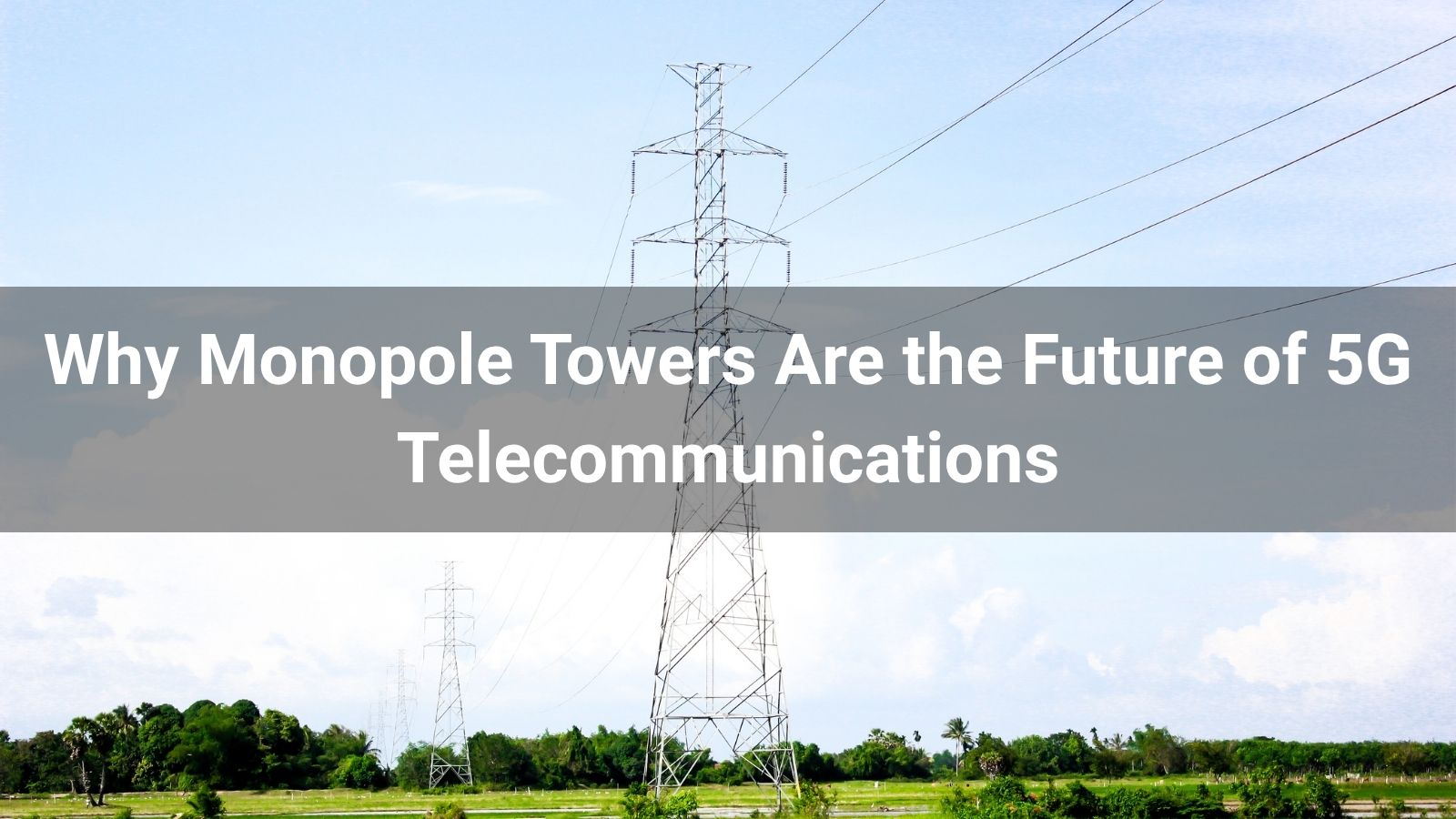

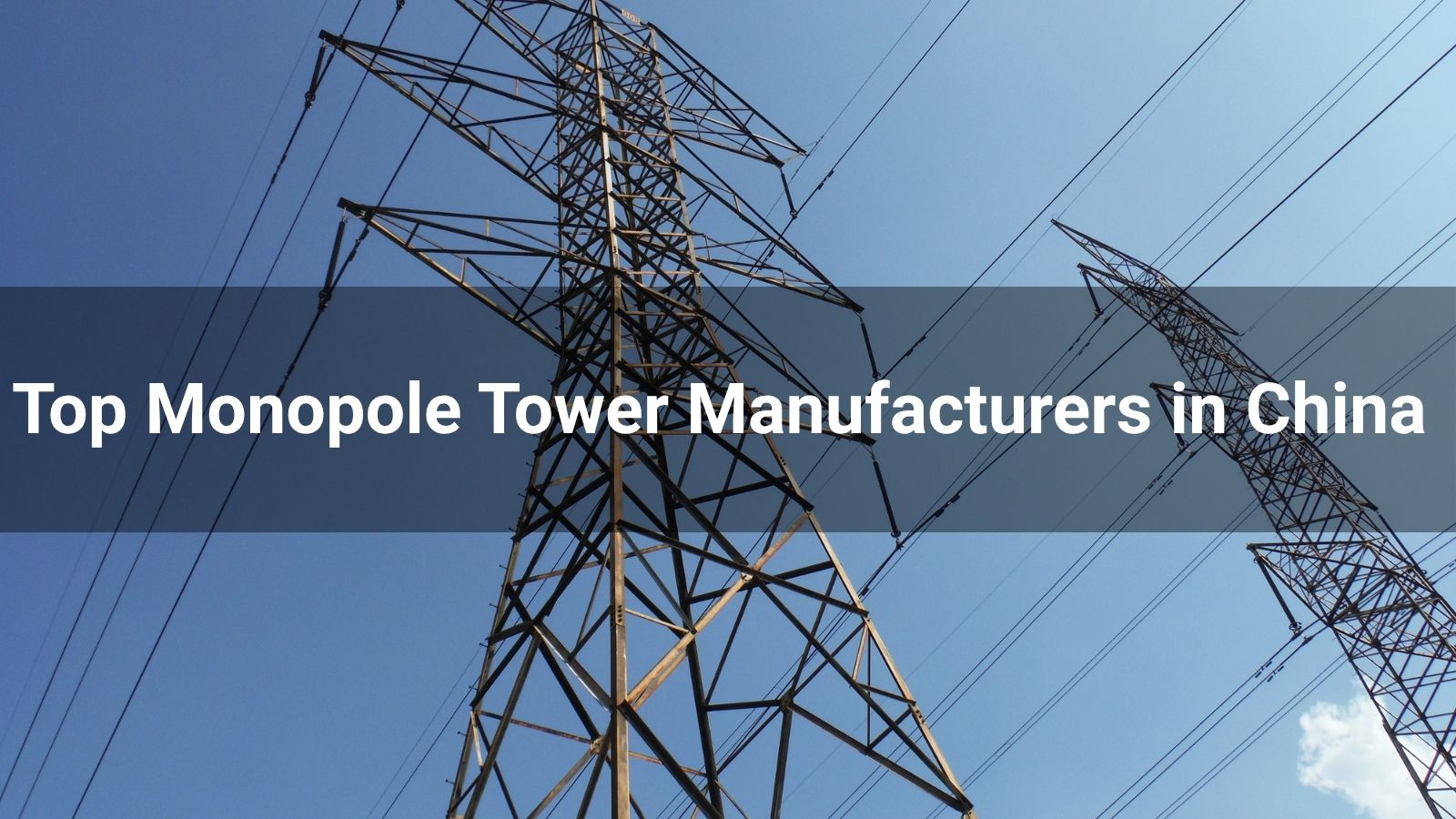
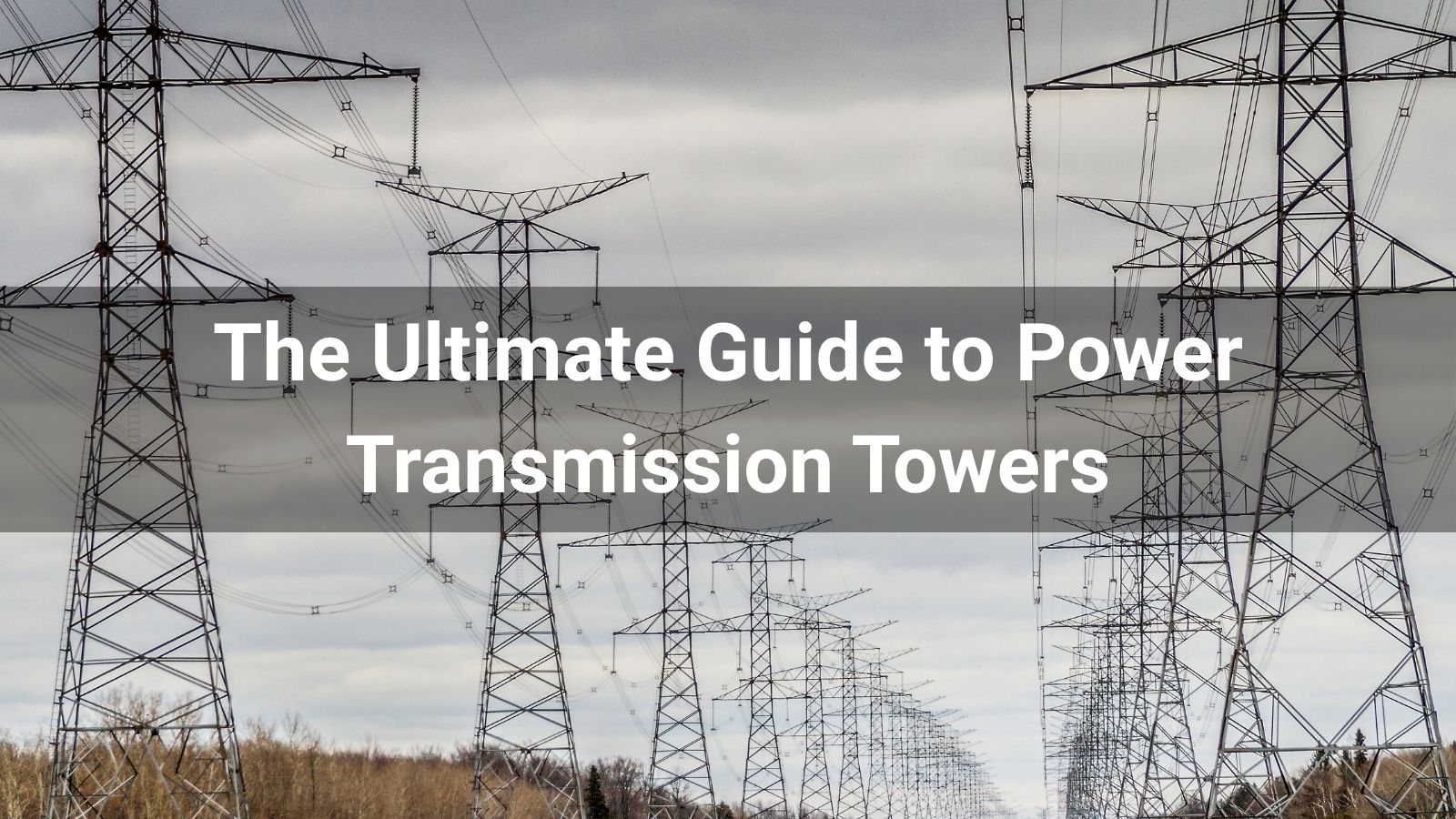
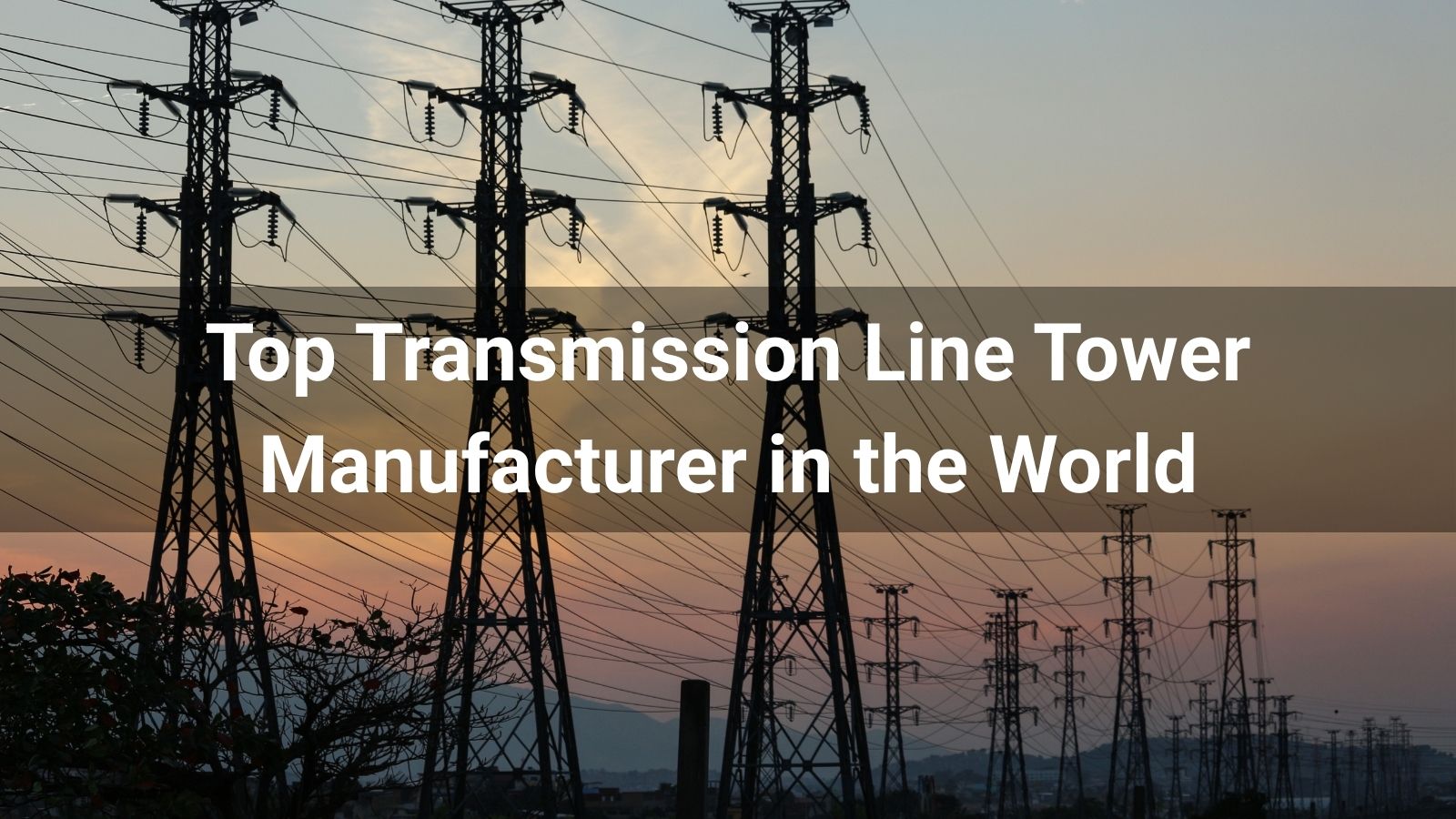


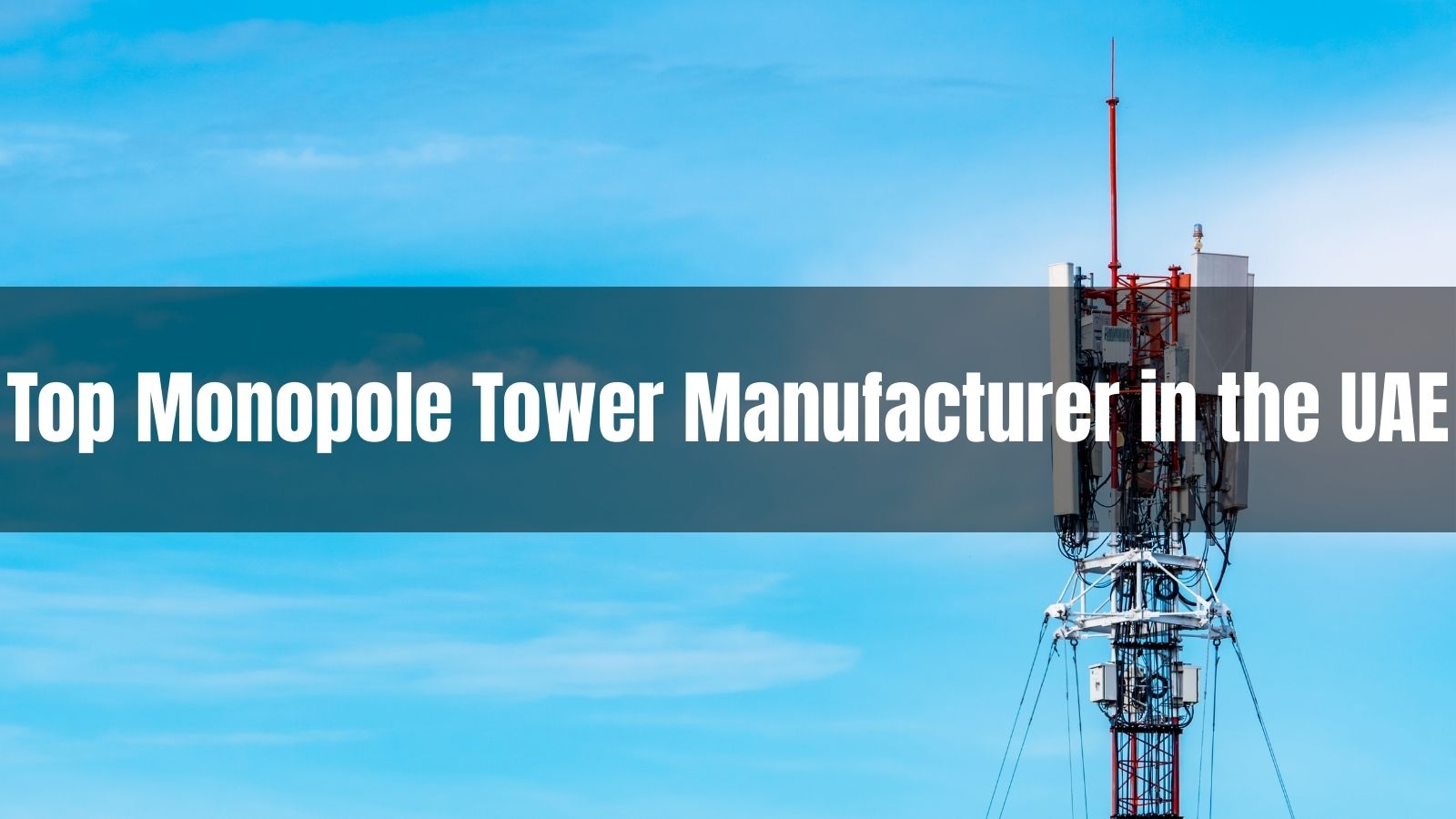
Uncover the leading monopole tower manufacturers in the UAE for 2026. Get insights into their expertise, product offerings, and commitment to quality.
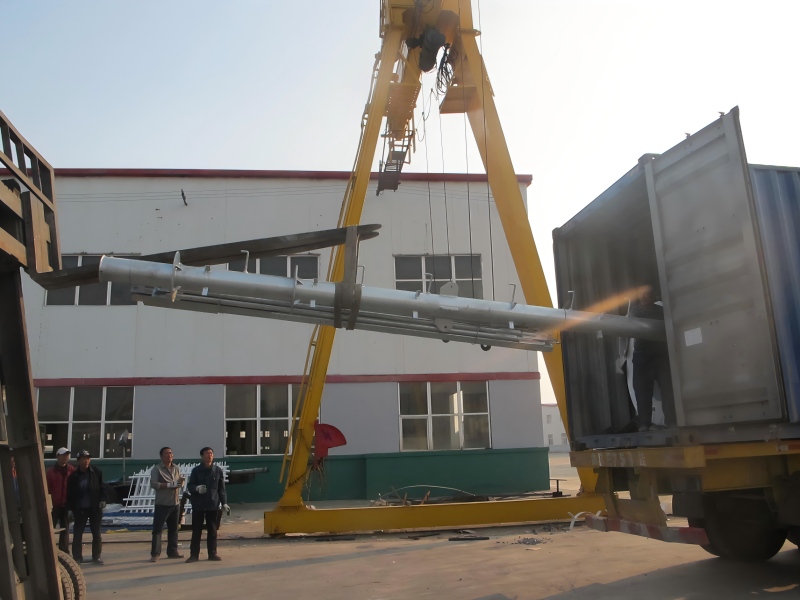
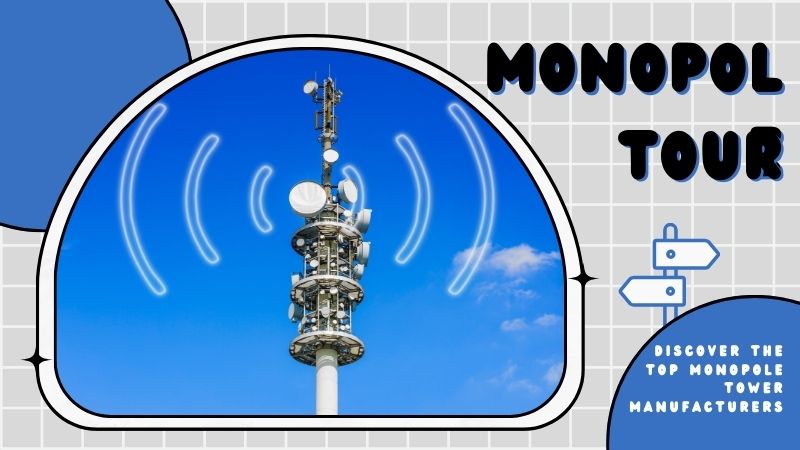
Discover the top monopole tower manufacturers in the USA for 2025. Compare engineering standards, materials, compliance, and find the best supplier for your telecom projects.





